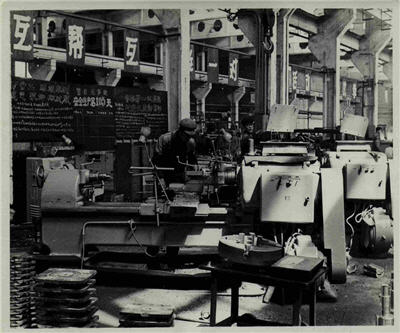
Indonesia rocked the mining world on Sunday putting into effect an outright ban on nickel and bauxite ore exports.
The Asian nation is the world’s premier thermal coal and refined tin exporter and is also a gold and copper powerhouse, but as the number two miner and largest exporter of nickel the ban is a potential game changer in the market for the steelmaking raw material.
Indonesia accounts for over a fifth of global supply at an estimated 400,000 tonnes of contained metal.
The impact will be felt most heavily in China which relies on Indonesian laterite nickel ore and accounts for 50% of global demand.
Chinese nickel pig iron producers imported more than 30 million tonnes of nickel ore in anticipation of the ban and stockpiles inside the country may be enough to cover as much as 6-months supply.
Global warehouse levels which have also risen sharply over the past two years – hitting a record 260,000 tonnes last week according to LME data – have also kept prices subdued.
Ample available metal and ore combined with a 20% rise in worlwide mining output since 2011 just as the market was moving into surplus, help to explain why nickel prices have reacted in a fairly subdued manner.
Three-month nickel on the LME is trading at $14,250 a tonne, it’s highest levels this year, but a far cry from 2013’s high of $18,700 struck in February and near levels last seen in 2009.
Independent research house, Capital Economics in a note out on Tuesday says in the short-term, Indonesia’s ban “should support global nickel prices, but the market impact will be
constrained by the scale of global stocks”:
“We have raised our end-2014 price forecast to a still-low $15,500 per tonne, compared with $14,200 per tonne today, to reflect the impact of the ban on supply.”
Global output is forecast to rise for the first time to over 2m tonnes in 2015. That’s up from 1.4m tonnes in 2007.
A number of large new nickel laterite projects are being ramped up to full capacity outside Indonesia including VNC New Caledonia (60,000 mt/year), Ambatovy Madagascar (60,000 mt/year), Koniambo New Caledonia (60,000 mt/year) and Onca Puma Brazil (57,000 mt/year).
While not all these project will be brought up to nameplate capacity and producers like Talvivaara in Finland are scaling back operations, given the tough market conditions, large producers are eager to produce at full tilt to drive down overall costs.
For smaller producers that poses a significant threat and some estimates put the portion of loss-making nickel operations around the world at 30% of the total.
Image of Shanghai machine tool factory circa 1965 by